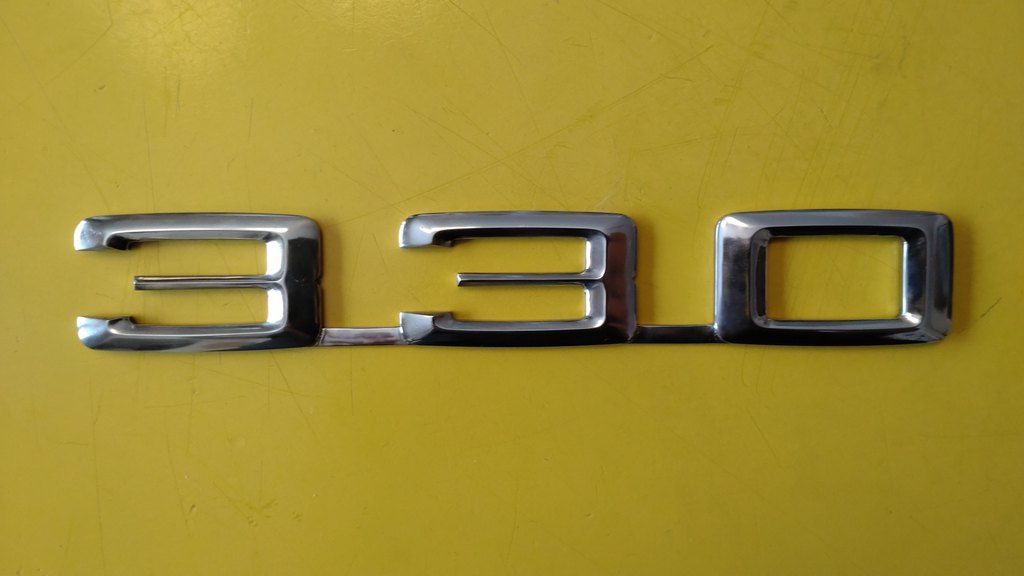There was this rattling coming from the exhaust when lifting the accelerator. Like a small stone in a vacuum cleaner pipe. That was the final trigger to get started with installing the Supersprint exhaust. I bought an E36 328i catless front section.

I didn't fit right away because I've redone the pipes in front of the resonator to fit an E36 exhaust in E30 and keep as much ground clearance as possible and clear the 6-speed transmission. So I had to cut off the front pipes from the Supersprint resonator and clean up the holes to fit my own pipes there.

I bolted the exhaust in the car and tack welded the pipes in the resonator. Then I took them off again for full welding.

Now I have full stainless exhaust that I'm very happy with. Now I can rest assured that there are no restriction in that area. In future I may swap also the rear muffler for a Supersprint one to bring the noise down a bit. The Scorpion catback is pretty loud.
The sound didn't really change in any way when changing the front section. I wasn't expecting any major change anyway . I haven't run logs after changing the exhaust but I doubt I found any missing horses with this modification. The rattling sound turned out to be a protective metal cup from one of the O2 sensors that had come loose. So nothing serious. The O2 sensor still works. Although, while doing the exhaust work I was driving a 1,5 l Nissan Almera so finishing the exhaust actually brought a significant performance gain :D

I didn't fit right away because I've redone the pipes in front of the resonator to fit an E36 exhaust in E30 and keep as much ground clearance as possible and clear the 6-speed transmission. So I had to cut off the front pipes from the Supersprint resonator and clean up the holes to fit my own pipes there.

I bolted the exhaust in the car and tack welded the pipes in the resonator. Then I took them off again for full welding.

Now I have full stainless exhaust that I'm very happy with. Now I can rest assured that there are no restriction in that area. In future I may swap also the rear muffler for a Supersprint one to bring the noise down a bit. The Scorpion catback is pretty loud.
The sound didn't really change in any way when changing the front section. I wasn't expecting any major change anyway . I haven't run logs after changing the exhaust but I doubt I found any missing horses with this modification. The rattling sound turned out to be a protective metal cup from one of the O2 sensors that had come loose. So nothing serious. The O2 sensor still works. Although, while doing the exhaust work I was driving a 1,5 l Nissan Almera so finishing the exhaust actually brought a significant performance gain :D











































Comment